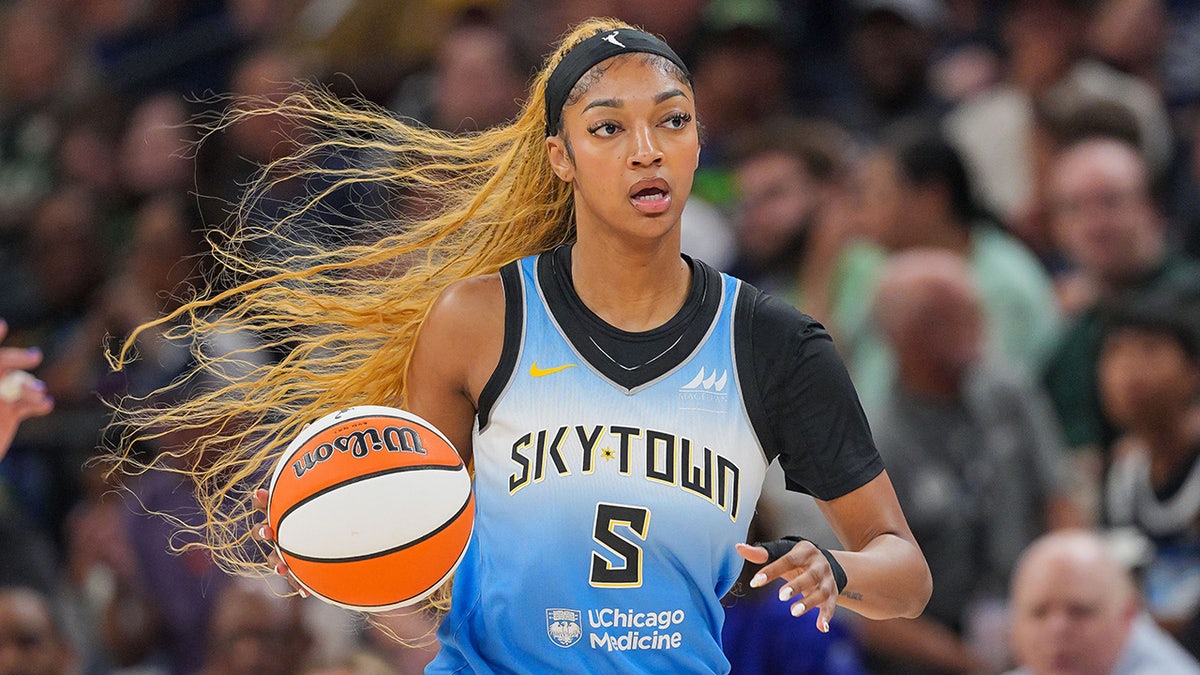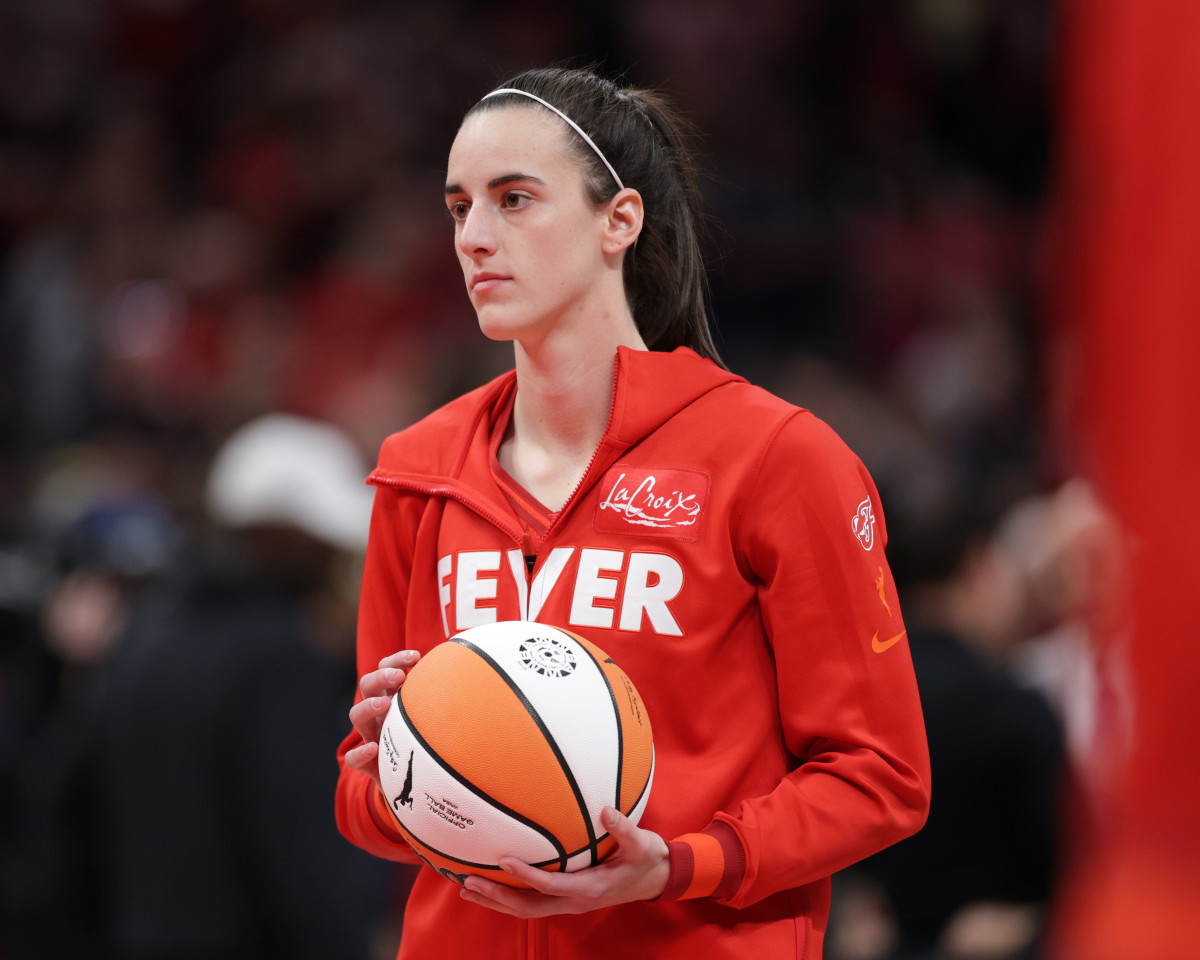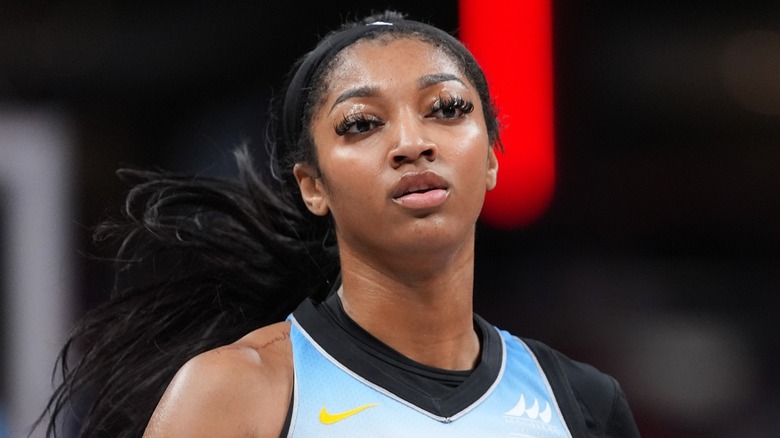In a league increasingly driven by star power and media attention, the recent WNBA matchup between the Indiana Fever and the Chicago Sky stood as a surprising litmus test for what lies beneath the surface of the league’s rising popularity. With Caitlin Clark and Angel Reese notably absent, all eyes shifted from the hype to the hardwood—and what unfolded was both revealing and, for some, damning.

Fever Rise Without Their Headliner
The Indiana Fever, often perceived as a team riding Caitlin Clark’s media wave, had a point to prove. And they did just that.
Despite the absence of their rookie sensation, the Fever played with remarkable composure, cohesion, and intensity. Kelsey Mitchell led the charge with a commanding performance, showing the poise of a veteran and reminding fans that Indiana’s potential runs deeper than just one player.
Their defense was disciplined, their ball movement was sharp, and their bench stepped up in critical moments—demonstrating that the team has been quietly building chemistry beyond the spotlight of national broadcasts and social media buzz.

Chicago Sky: A Team in Disarray?
On the other side of the court, the Chicago Sky struggled—not just in execution, but in spirit.
Without Angel Reese, who has become a defensive anchor and an emotional leader for the team, the Sky appeared disjointed and lacking identity. Ball handling was sloppy, rotations were slow, and morale seemed visibly low as the Fever controlled the pace from tip-off to the final buzzer.
Coach Teresa Weatherspoon’s post-game remarks, though measured, hinted at internal frustrations: “This was a chance for us to step up as a unit, to show our depth. But we didn’t execute. That’s on all of us.”
The absence of Reese certainly hurt, but many critics have pointed out that a team with playoff aspirations should be able to compete regardless of a single player’s presence. ESPN analyst LaChina Robinson put it bluntly: “If Chicago’s game plan crumbles without one rookie, you have to start asking serious questions about leadership and development.”

Beyond the Star-Driven Narrative
The Fever’s win reignites an important conversation about the state of the WNBA. With so much attention given to newcomers like Clark and Reese, are we neglecting the actual structure and growth of teams? Is the league prioritizing marketable moments over sustainable team building?
This game served as a sobering reminder: while hype sells tickets, it’s grit, strategy, and execution that win games.
The Fever’s performance also validates those who believed in the franchise’s long-term rebuild. With players like Aliyah Boston continuing to develop and Mitchell consistently delivering on both ends of the floor, Indiana is beginning to look like a real contender—not just a ratings magnet.
A Defining Moment in a Transitional Season
For the WNBA, which is undergoing a renaissance in visibility and fan engagement, games like this one are crucial. They strip away the noise and expose the reality. Who’s building for the future? Who’s depending too heavily on one player to carry the load?
More importantly, fans who tuned in to see what a game without the league’s biggest names would look like were treated to something arguably more valuable: actual basketball greatness.
Conclusion: Time to Rethink the Narrative
It’s time we move beyond just the headlines and hashtags. Caitlin Clark and Angel Reese are phenomenal talents who are absolutely shaping the future of women’s basketball. But this Fever vs. Sky matchup showed us that there’s more depth in the WNBA than many assume.
Indiana’s collective rise and Chicago’s troubling inconsistency point to a larger truth: greatness isn’t always flashy. Sometimes, it’s in the fundamentals, in the hustle, and in the quiet emergence of a team ready to make noise—whether the cameras are watching or not.





